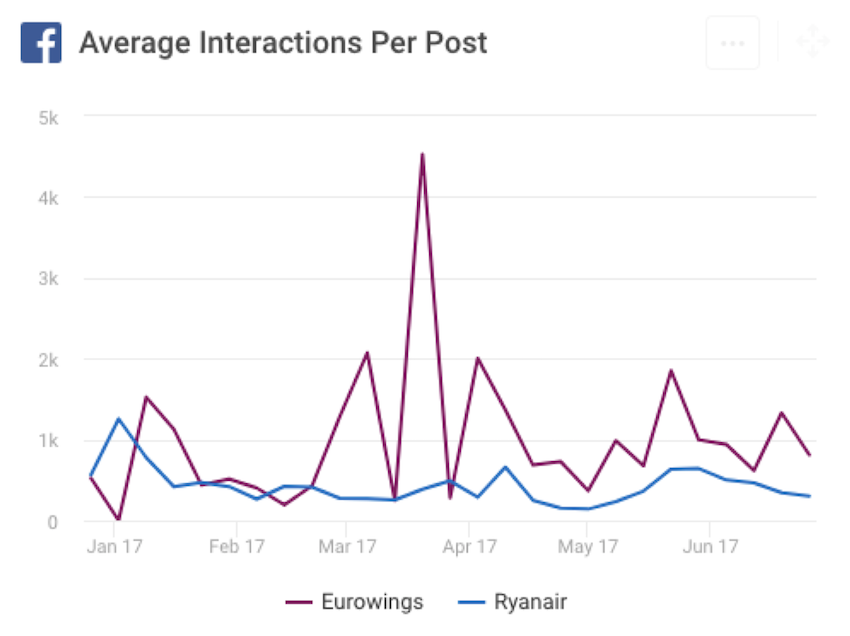 Negative SEO and its Effect
Negative SEO and its Effect
Negative SEO is a Set of action aimed at lowering competitors rankings in search result. These activities are more usually off-page.But In some cases, they will additionally involve hacking the location and modifying its content.Negative SEO isn’t the better likely explanation for a sudden ranking drop. Before you decide someone may be knowingly hurting your rankings, factor out the most common reasons for ranking drops.You will find a complete list here.
Negative On-Page SEO:
Negative on-page SEO attacks are rather a lot of powerful to implement. These concern hacking into your website and dynamic things around.
Altering your content:
You’d suppose you’d notice if somebody modified your content around, but in truly this tactic can be very slight and troublesome to identify. It involves adding spammy content (and links) to a website; the trick is, this content is commonly well hidden (e.g., under “display:none” in HTML), Thus you will not see it unless you look within the code.
Getting the site de-indexed:
A modification in robots.txt is one easy alteration that could wreak havoc on your entire SEO strategy. An interdict rule is all it takes to inform Google to fully ignore your vital pages or even the entire website.
Negative Off-Page SEO:
As the name implies, negative off-page SEO objective the site without internally intrusive with it in any method. Most typically, it implies operating with the site’s backlinks or outwardly duplicating its content.
Link Farm:
A link farm could be a hub of interconnected websites. Originally, these sites used to link to every different to extend the link quality of every site’s pages. You will purchase links from these websites to extend your own site’s PageRank. One example of a link farm could be a PBN (private webblog network) — a network of websites that are created alone for link building and generally owned by one individual. Most PBNs are made up from terminating domains, which implies that the sites typically have accumulated some backlinks and authority by the time they become part of a PBN.
Scrapers:
Another negative SEO technique is finding duplicate content. It involves scraping your site’s content and repeating it to alternative websites, usually multiple times, sometimes even as part of the link farm mentioned on top of.
White-hat SEO, Black-hat SEO:
There are multiple ways you will use SEO to get a lot of beats. You will use “white hat” techniques, the type of SEO that search engines like Google and Bing approve of – or you will use “black hat” techniques, which these engines consider devious or improper. One approved way of boosting your ranking is slavery keywords. By ensuring sure words or phrases seem in an article (as long because the article is, you know, really relevant to those keywords) sites will boost their visibility.
Huge SEO tactic-Linking:
Sites that have a lot of different revered sites linking to them are considered a lot of honorable, therefore its vital to supply content that others need to share. But here’s wherever links will hurt you moreover as facilitate you: If you’ve got a bunch of lousy spam sites linking to your work, it will harm your name, though you have got nothing to try to do with the sites. This is referred to as “negative SEO,” and it sucks – you may find yourself in an exceedingly “link neighborhood” while not even knowing it.
Over to You:
Above, I’ve covered the most common negative SEO techniques and the way you will define yourself against them. But this list is not exhaustive: something which will negatively have on effect on your site’s name has the potential to be used against you. The most takeaway here is to stay an in depth eye on your organic traffic, rankings, and backlinks.

 Facebook Metrics Offer More Insights into Clicks and Users
Facebook Metrics Offer More Insights into Clicks and Users 
